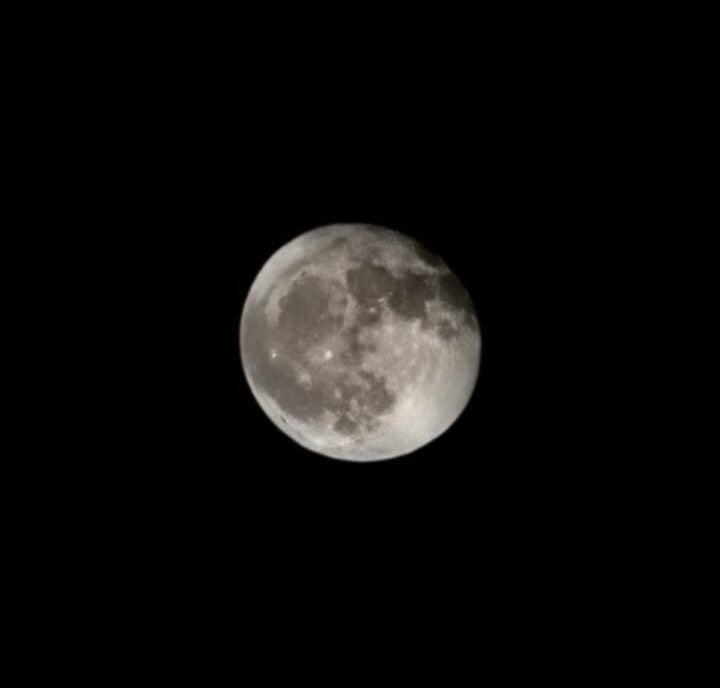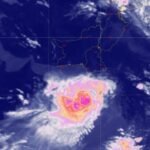Scientists have long acknowledged the moon’s effect on Earth’s oceans, but recent revelations suggest that our planet’s natural satellite may also exert forces capable of triggering earthquakes. With the emergence of new and extensive datasets, experts have uncovered a significant link between the moon and seismic activity, leading to a deeper understanding of the phenomenon. While the moon does not directly cause earthquakes, its gravitational pull has been found to influence underwater fault lines and the behavior of rocks. This article explores the latest research findings and their implications, shedding light on the astonishing power of the moon and its role in shaping Earth’s geology.
Moon’s Impact on Earthquakes: Through meticulous analysis, geologist and professor emeritus Chris Scholtz from Columbia Climate School has identified a credible correlation between lunar phases and earthquake occurrences. Studies published in prestigious journals such as Science and Nature Communications reveal that underwater fault lines exhibit a noticeable connection to ocean tides. Researchers have discovered that earthquakes are approximately ten times more likely to transpire when tides recede. This finding points to the weight of the ocean pressing down on a volcano’s magma chamber, causing inflation and deflation, ultimately influencing fault lines and triggering seismic events.
Gravitational Effects on Rocks: In addition to its impact on fault lines, the moon’s gravitational forces also influence rocks on Earth’s surface. Known as “solid earth tides,” these subtle movements result in minuscule deformations. Scholtz explains that while the amplitude of motion is barely discernible due to the Earth’s stiffness, it can be measured using sensitive instruments. Similarly, Davide Zaccagnino, a geophysics Ph.D. student at the Sapienza University of Rome, highlights that solid earth tides can deform the Earth by up to 22 inches vertically and 11 inches horizontally each day. These deformations, combined with the stress accumulated from tectonic forces, can make rocks more susceptible to fracture and contribute to earthquake occurrence.
Enhancing Understanding and Prediction: Although the moon’s influence cannot be employed as a direct means of earthquake prediction, scientists emphasize its value in deepening our understanding of earthquake physics. By identifying instances when the moon’s pull aligns with fault lines, researchers can gain insights into the Earth’s crust nearing a breaking point. This knowledge assists in unraveling the complexities of earthquake dynamics and improves hazard assessment and preparedness.
While it is not accurate to claim that the moon directly causes earthquakes, extensive research has demonstrated its significant impact on our planet’s seismic activity. By uncovering correlations between lunar phases, ocean tides, and fault line behavior, scientists have come to appreciate the moon’s remarkable influence on Earth’s geology. This newfound understanding contributes to a broader comprehension of earthquake dynamics and aids in predicting potential breaking points within the Earth’s crust. As our knowledge of lunar effects continues to expand, we move closer to unraveling the mysteries surrounding earthquakes and enhancing our ability to mitigate their devastating consequences.














